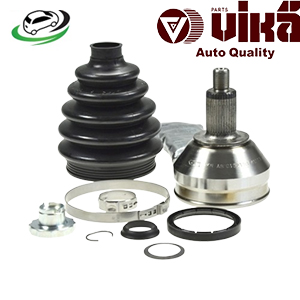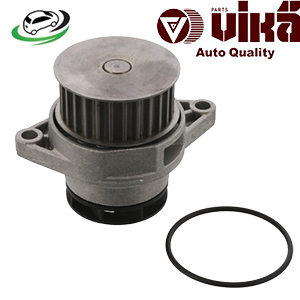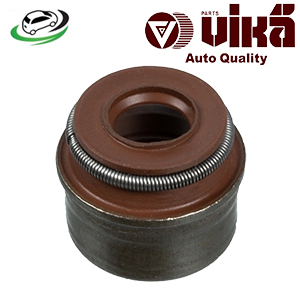-33%
Get Valve Stem Seal AUDI A6/Coupe/Quattro 27109675
Valve stem seals are critical components in an internal combustion engine, playing a pivotal role in maintaining optimal engine performance and efficiency. These seals control the amount of oil that lubricates the valve stems as they move within the valve guides, preventing excess oil from entering the combustion chamber. Understanding the functionality, types, symptoms of failure, and maintenance of valve stem seals is crucial for anyone involved in automotive repair or engine maintenance.
Functionality of Valve Stem Seals
Valve stem seals are designed to regulate the lubrication of the valve stems, ensuring that the valves operate smoothly within the valve guides. They perform the following key functions:
- Oil Control: The primary function of valve stem seals is to control the amount of oil that reaches the valve stem and valve guide interface. This prevents excessive oil from entering the combustion chamber and ensures proper lubrication.
- Seal Combustion Chamber: By preventing excess oil from entering the combustion chamber, valve stem seals help maintain the integrity of the combustion process, reducing the risk of oil burning and smoke production.
- Reduce Emissions: Properly functioning valve stem seals minimize oil consumption and burning, which in turn reduces emissions and helps the engine meet environmental regulations.
Types of Valve Stem Seals
Valve stem seals come in various types, each suited to different engine requirements and performance needs:
- Umbrella Seals: These seals are shaped like an umbrella and sit on the valve stem, preventing oil from dripping down the stem into the combustion chamber. They are commonly used in older engines and provide adequate oil control for moderate performance applications.
- Positive Seals: Also known as PC seals (positive control seals), these are attached directly to the valve guide, providing a tighter seal around the valve stem. They are more effective at controlling oil flow and are commonly used in modern, high-performance engines.
- O-Ring Seals: These simple seals are placed in a groove on the valve stem, providing basic oil control. They are often used in conjunction with umbrella seals in some older engine designs.
Symptoms of Failing Valve Stem Seals
Recognizing the signs of failing valve stem seals is essential for timely maintenance and repair:
- Blue Smoke from Exhaust: One of the most common signs of failing valve stem seals is blue smoke coming from the exhaust, particularly during startup or acceleration. This indicates that oil is entering the combustion chamber and burning.
- Excessive Oil Consumption: If the engine is consuming more oil than usual without any visible leaks, it may be due to worn or damaged valve stem seals allowing oil to enter the combustion chamber.
- Fouled Spark Plugs: Oil entering the combustion chamber can foul the spark plugs, causing them to become coated with oil residue and affecting engine performance.
- Engine Misfires: Oil in the combustion chamber can lead to incomplete combustion and engine misfires, resulting in rough idling, hesitation, and reduced power.
Maintenance and Replacement
Maintaining valve stem seals involves regular inspection and timely replacement to ensure optimal engine performance:
- Regular Inspections: Periodically inspect the valve stem seals for signs of wear, such as cracks, hardening, or deformation. This can be done during routine engine maintenance or when performing other repairs.
- Monitor Oil Consumption: Keep track of the engine’s oil consumption. A sudden increase in oil consumption may indicate that the valve stem seals are failing and need replacement.
- Replace Seals as Needed: If any symptoms of failing valve stem seals are observed, such as blue smoke from the exhaust or excessive oil consumption, it is essential to replace the seals promptly to prevent further engine damage.
Replacement Process
Replacing valve stem seals requires a certain level of expertise and the right tools. The process typically involves the following steps:
- Remove the Valve Cover: Begin by removing the valve cover to access the valve train.
- Compress the Valve Springs: Use a valve spring compressor tool to compress the valve springs and remove the valve keepers.
- Remove the Old Seals: Carefully remove the old valve stem seals from the valve stems and valve guides.
- Install New Seals: Install the new valve stem seals, ensuring they are seated correctly on the valve guides.
- Reassemble the Valve Train: Reinstall the valve springs, keepers, and valve cover, ensuring everything is torqued to the manufacturer’s specifications.
Follow us on Facebook for more parts.



